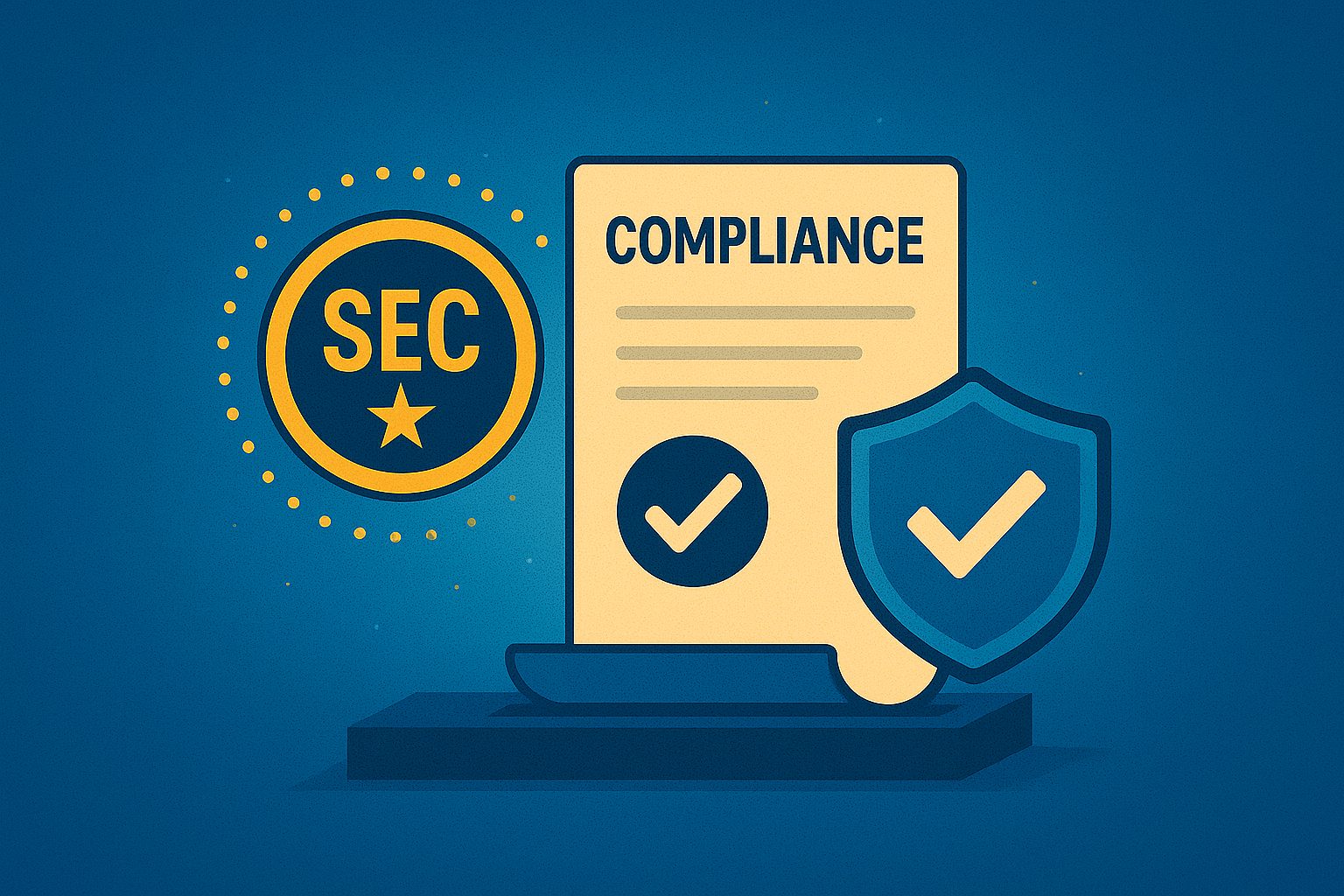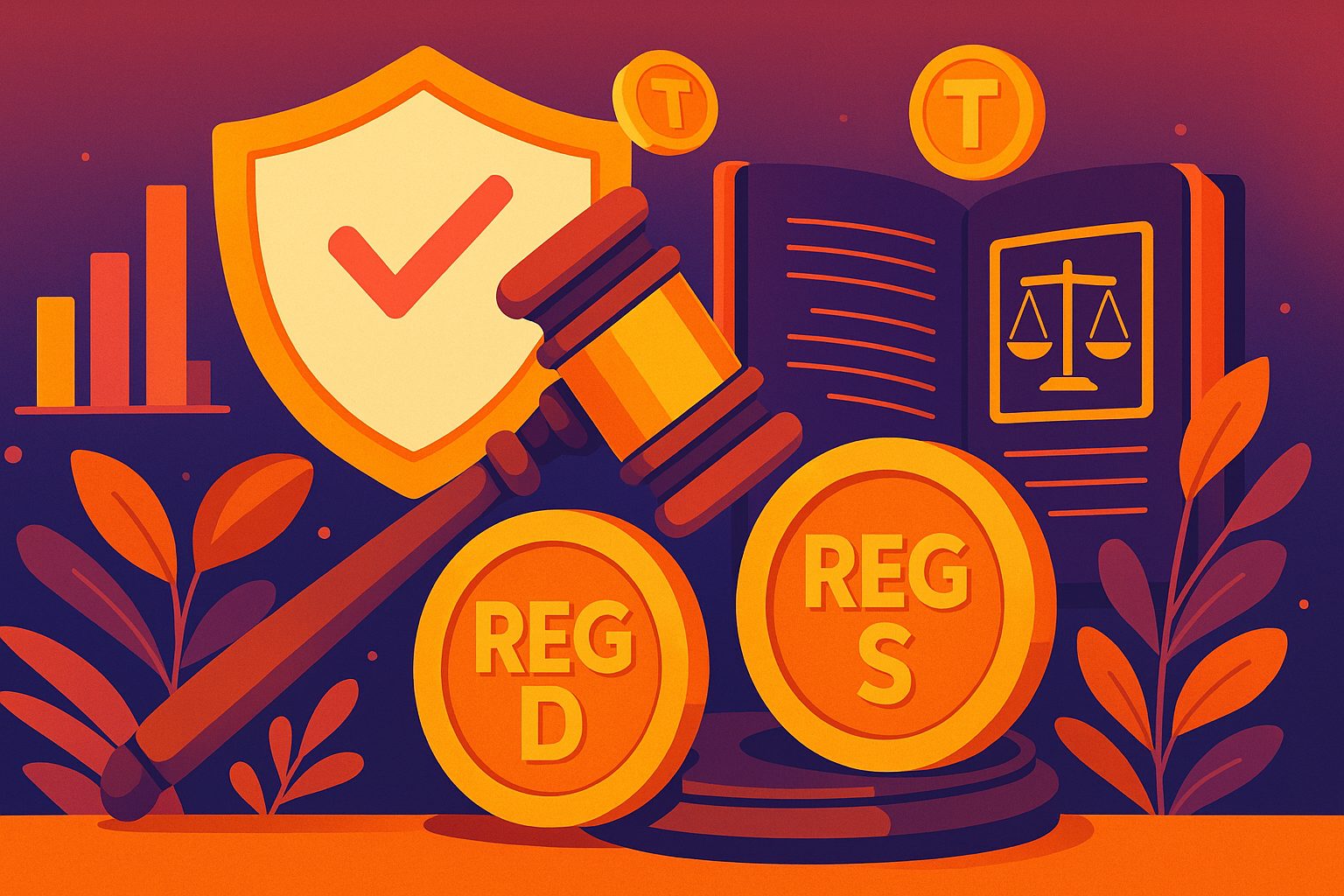Building Trust Through Vigilance: The New Age of Crowdfunding
In the digital era, crowdfunding platforms have emerged as revolutionary engines of innovation, enabling entrepreneurs, creators, and changemakers to access capital in previously unthinkable ways. Whether through traditional equity crowdfunding or blockchain-based token sales, these platforms bridge the gap between vision and support. However, as their influence grows, so too does their exposure to financial crime. Anti-Money Laundering (AML) regulations have quickly become a cornerstone of operational integrity in the crowdfunding space. Understanding and implementing AML best practices is not just about ticking boxes—it’s about fostering trust, meeting global compliance standards, and ensuring the long-term sustainability of the entire ecosystem.
Why AML Matters More Than Ever in Crowdfunding
The appeal of crowdfunding lies in its accessibility and scale. But that same accessibility makes platforms susceptible to abuse by bad actors seeking to launder money, finance terrorism, or evade sanctions. Crowdfunding’s borderless nature, especially in crypto-based fundraising, creates new entry points for illicit capital. Regulators around the world have responded with stricter AML requirements, holding platforms accountable for the flow of funds they facilitate. Ignoring these obligations exposes platforms to regulatory penalties, reputational damage, and even criminal prosecution. AML is no longer optional—it’s an operational imperative that determines who survives in a rapidly maturing landscape.
Understanding the AML Framework: From Laws to Implementation
AML frameworks are built on a foundation of international standards, most notably those established by the Financial Action Task Force (FATF). These guidelines are adapted by jurisdictions around the world into national legislation, such as the Bank Secrecy Act (BSA) in the United States or the Sixth Anti-Money Laundering Directive (6AMLD) in the European Union. For crowdfunding platforms, this means implementing policies and controls that detect, prevent, and report suspicious activity. Core elements include Customer Due Diligence (CDD), transaction monitoring, recordkeeping, and Suspicious Activity Reporting (SAR). An effective AML program tailors these components to the platform’s risk profile, business model, and jurisdictional exposure.
Customer Due Diligence: Knowing Your Backers
At the heart of AML compliance is Customer Due Diligence, the process of verifying the identity and background of users on the platform. CDD is especially critical during onboarding, when new contributors create accounts or submit funds. Platforms must collect and verify information such as full legal name, government-issued ID, address, and—in some cases—source of funds. Enhanced Due Diligence (EDD) applies when contributors present higher risk, such as those from sanctioned countries or politically exposed persons (PEPs). For blockchain platforms, wallet addresses may be tied to real-world identities through third-party analysis tools. By establishing strong CDD protocols, platforms build a foundation for AML integrity while enhancing overall user security.
Crafting Risk-Based AML Policies That Evolve With Scale
No two crowdfunding platforms are identical, and neither are their AML risks. A platform focused on local startup equity may face different threats than a global DeFi platform issuing tokens to thousands of users. That’s why a risk-based approach is vital. Platforms must assess their business model, user demographics, transaction volumes, and geographic exposure to determine the level of AML scrutiny required. This assessment should inform the depth of due diligence, frequency of transaction monitoring, and threshold for flagging suspicious activity. As a platform scales, its risk profile evolves—necessitating regular reviews and updates to AML policies. A living AML program that adapts to change is far more effective than a static, one-size-fits-all model.
Real-Time Transaction Monitoring: Catching Suspicious Activity in Action
Detecting illicit activity before it becomes a liability requires robust transaction monitoring systems. These systems analyze user behavior and flag anomalies based on predefined rules or machine learning algorithms. Common red flags include sudden spikes in contribution volume, use of privacy-enhancing cryptocurrencies, frequent small donations just below reporting thresholds, or contributions from high-risk jurisdictions. Blockchain-based crowdfunding platforms benefit from on-chain analytics tools that track wallet behavior, detect mixing services, and analyze transaction patterns. Effective monitoring doesn’t just spot bad actors—it enables proactive intervention, such as freezing transactions or suspending accounts before money laundering schemes unfold.
The Human Element: Training Your Team to Spot the Red Flags
Technology plays a vital role in AML enforcement, but the human element remains indispensable. A well-trained team can interpret data, make judgment calls, and escalate concerns with nuance that automation alone can’t deliver. Every employee—whether in compliance, customer service, or platform development—should understand the basics of AML and how their role contributes to the broader mission. Specialized training is essential for those directly involved in user onboarding or transaction reviews. Platforms should foster a culture of awareness where suspicious behavior is reported without fear of reprisal. Continuous education, role-based learning paths, and simulation exercises ensure that AML expertise stays current as threats evolve.
Recordkeeping and Reporting: Building a Trail of Accountability
Transparency and traceability are essential in the world of AML. Platforms are required to maintain detailed records of user identities, transaction history, due diligence steps, and any reports filed with authorities. These records must be stored securely and retained for a specified period—often five years or more, depending on local laws. In the event of an audit or investigation, comprehensive records can demonstrate good faith compliance and protect against liability. Platforms must also fulfill Suspicious Activity Reporting (SAR) obligations by notifying relevant authorities when they detect transactions that raise AML concerns. A consistent recordkeeping and reporting protocol not only satisfies regulatory expectations but also reinforces operational discipline across departments.
Partnering With Trusted Providers for AML Automation
As AML demands grow in complexity, many crowdfunding platforms turn to specialized compliance technology providers for support. These partners offer identity verification tools, transaction monitoring dashboards, and case management systems that integrate with your platform’s backend. Providers may also supply sanctions screening, PEP database access, and AI-powered risk scoring. When selecting a partner, it’s essential to evaluate their experience in your sector, their commitment to data security, and their adaptability to multi-jurisdictional regulations. The right technology stack can transform AML compliance from a burden into a competitive edge—freeing up your team to focus on growth while minimizing regulatory risk.
Integrating AML Into the User Experience
Compliance should never come at the cost of usability. Today’s most forward-thinking crowdfunding platforms weave AML processes into the user experience in a way that feels intuitive, not obstructive. Smart UX design can guide users through identity verification smoothly, reduce form fatigue, and provide real-time feedback on onboarding progress. Transparency about why data is collected and how it’s used helps build trust and reduce friction. Platforms can also reward users for completing verification steps or offer personalized dashboards that reflect their compliance status. AML doesn’t have to feel like a barrier—it can be part of a seamless, secure, and empowering user journey.
AML Challenges in Crypto-Enabled Crowdfunding
Cryptocurrency brings enormous potential to crowdfunding, from instant global payments to smart contract automation. But it also introduces unique AML challenges. Unlike traditional banks, crypto platforms must deal with pseudonymous wallets, decentralized exchanges, and new classes of privacy coins. AML regulations are still catching up to this technological shift, leaving some gray areas around reporting standards and identity linkage. To mitigate these risks, platforms must use blockchain intelligence tools that analyze on-chain behavior, assign risk scores to wallets, and track asset flows. They must also set clear policies on which cryptocurrencies are accepted, how funds are handled post-collection, and how to report transactions involving digital assets. Navigating these challenges successfully requires agility, innovation, and a willingness to embrace next-gen compliance solutions.
Global Harmonization vs. Jurisdictional Complexity
Crowdfunding platforms that operate internationally must reconcile global AML standards with local legal requirements. While FATF recommendations offer a broad framework, implementation varies widely. For example, what qualifies as sufficient due diligence in Canada might not meet expectations in Singapore. Platforms must be able to localize compliance processes without compromising the overall integrity of their AML program. One solution is to build modular policies—core protocols apply across the board, with jurisdiction-specific enhancements layered on top. Working with regional legal counsel, compliance officers, and advisors helps ensure that your platform isn’t blindsided by jurisdictional missteps. The path to global scalability runs through locally informed compliance.
AML and Reputation: The Hidden Currency of Trust
In an industry built on credibility, your platform’s AML record speaks volumes. A single lapse can lead to media scrutiny, investor loss, or legal action that undermines years of brand-building. On the other hand, a proactive AML strategy enhances your platform’s reputation with regulators, partners, and users alike. It demonstrates seriousness, foresight, and commitment to the greater good. Platforms that go beyond baseline compliance—publicly disclosing AML policies, undergoing third-party audits, or participating in industry standard-setting—often find themselves more attractive to high-quality projects and investors. In the long game of digital finance, trust is the most valuable currency. AML helps you protect it.
Preparing for the Road Ahead: The Future of AML in Crowdfunding
The future of AML is dynamic, data-driven, and increasingly decentralized. As financial crime techniques evolve, so too must compliance frameworks. Expect to see greater integration of AI for behavioral analysis, growing adoption of blockchain-based identity systems, and wider regulatory enforcement of crypto fundraising. Governments will likely standardize AML requirements for crowdfunding platforms, especially as digital assets become more mainstream. Platforms must stay ahead of these trends, investing in scalable systems and cultivating a compliance mindset from top leadership to frontline staff. By anticipating change rather than reacting to it, you position your platform not just to survive, but to lead.
Final Word: Compliance as a Catalyst for Growth
For crowdfunding platforms, AML isn’t just about avoiding fines or pleasing regulators—it’s about laying the foundation for ethical, sustainable, and scalable success. The best platforms are those that treat compliance as a business enabler, not a cost center. They design AML systems that are thoughtful, efficient, and tailored to their unique risk profile. They use compliance to inspire investor trust, unlock banking relationships, and forge regulatory goodwill. In an industry driven by innovation and purpose, AML ensures that the momentum of change moves in the right direction—toward transparency, integrity, and shared success.
Master AML, and your platform doesn’t just protect itself—it becomes a beacon of trust in a new financial frontier.




